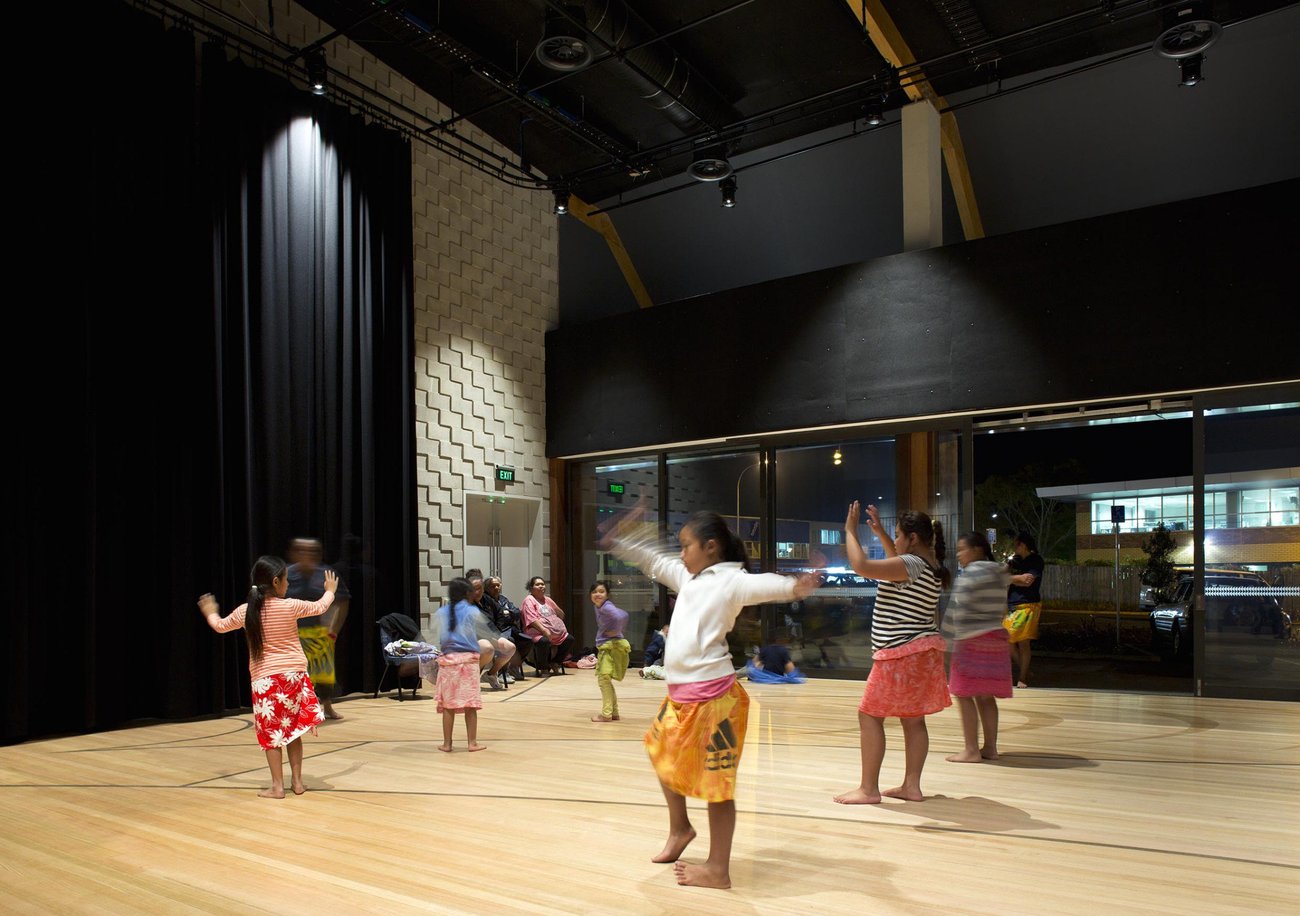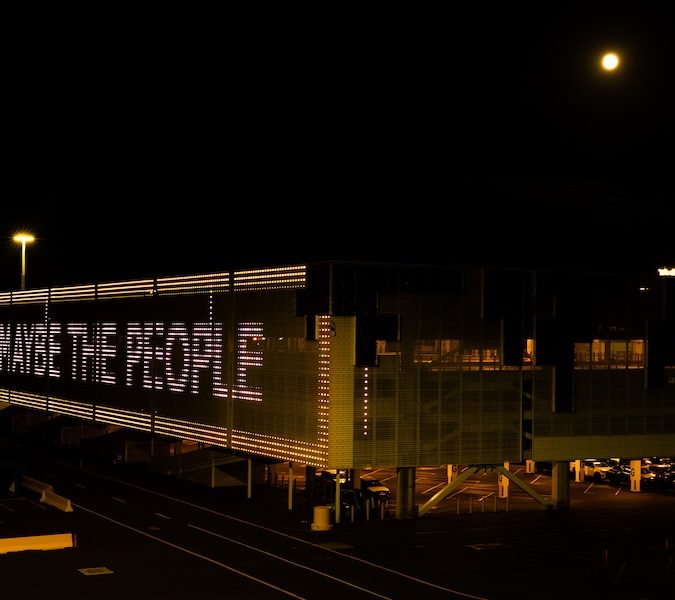Building culture: why good urban design requires a better understanding of Tikanga M?ori

???Marae are one of the most recognisable architectural symbols of M?ori culture. The pitched roof forms of our meeting houses offer a recognisable design expression of M?ori identity, forming the physical, cultural, and spiritual centres of our M?ori communities.
So how do marae and tikanga M?ori relate to urban design? And how can we provide more urban spaces that express and recognise our unique cultural heritage?
For M?ori, it’s about reclaiming urban spaces where meaningful design expressions of cultural heritage and spatial planning allows tangata whenua – the people of the land – to celebrate our cultural identity. It’s about creating urban spaces within our cities where, like on our marae, tikanga M?ori welcome ceremonies – such as powhiri – can take place; where manaakitanga – hospitality and generosity on a large scale – can be shared with visitors and everyday New Zealanders.
As a starting point, we all need to celebrate the Treaty partnership between M?ori and the Crown, and identify how urban design can contribute to this. For iwi tribes this is an ongoing battle for recognition from design professionals, developers, councils and government. Once the Treaty was signed in 1840, over time our thriving economy was lost, lands taken, gifted or sold, and our language neared extinction.
Another effect of losing our independence occurred after the Second World War, with M?ori urban migration to the cities having a significant impact. Over the course of 50 years, according to Te Ara, the M?ori population changed from 83 percent rural to 83 percent urban, which is one of the fastest rates of urbanisation in the world. In 1994, M?ori architect Mike Barns said in Architecture New Zealand: “In terms of the Treaty, we shouldn’t be sitting here talking to you today about the need to promote architecture in your magazine or talk about it: you should be able to look out the window and it’s there.”
For M?ori, it’s about reclaiming urban spaces where meaningful design expressions of cultural heritage and spatial planning allows tangata whenua – the people of the land – to celebrate our cultural identity. It’s about creating urban spaces within our cities where, like on our marae, tikanga M?ori welcome ceremonies – such as powhiri – can take place; where manaakitanga – hospitality and generosity on a large scale – can be shared with visitors and everyday New Zealanders.
If we look at Queen Street in Auckland’s CBD, for example, I struggle to see any visible traces of the M?ori identity and heritage of Tamaki Makaurau – Tamaki of a hundred lovers, referring figuratively to the desirable isthmus that Auckland was built upon. Wellington has its Wharewaka on the waterfront, but where is Auckland’s cultural heart? To its credit, Auckland Council is ensuring we don’t repeat these historic mistakes with the employment of Phil Wihongi (Ngati Hine) in 2016 to the position of M?ori Design Leader within the Auckland Design Office. His mandate is to work with local iwi and industry design professionals to incorporate the Te Aranga M?ori Design Principles into the heart of the council processes and into the fabric of the city. Wihongi believes “indigeneity is New Zealand’s point of difference in the world. It says: we’re different, we’re unique, we’re beautiful and stand alone.”
Bring the right ones in
So who are the humble iwi contributors making their mark on urban design in our cities?
K?ore te kumara e k?rero m? t?na ake reka
The kumara does not say how sweet he is.
This proverb accentuates the value of humility and Bernard Makoare, a carver and musician of Ng?ti Wh?tua origin, epitomises this quality. Makoare has helped to shape my understanding of tikanga M?ori and how this can be brought to life in an urban context. He grew up in a two-bedroomed Mount Roskill State House in Auckland at a time when M?ori design thinking or cultural expression was lacking. And as he says, “just imagine if the place we lived in was designed to accommodate us and the way we live, rather than the other way around.”
Makoare now lives in Kaihu, rural Northland, where the impacts of the M?ori urban drift are still felt. “Life is a challenge and at times seems to work against our logic of wanting to live here: unemployment, poor housing, drugs, alcohol, and violence.” He has utilised his whakapapa – genealogical connections to Tamaki Makaurau – and a lived experience of both urban and rural contexts to influence some fairly significant urban projects. It’s no coincidence that if you look at recent successful examples of M?ori design and iwi collaboration in Auckland, he has been involved.

 Photographer: Sam Hartnett
Photographer: Sam Hartnett
These include the Auckland Art Gallery Toi o Tamaki, Te Oro Music and Arts Centre in Glen Innes, as well as the Shed 10 refurbishment on the waterfront. His unique combination of creative skills, fluency in Te Reo M?ori and a deep understanding of tikanga adds real integrity to the design process while building trust and ongoing relationships with iwi project partners. Commercially, the best decision your business could make if you want your staff to start learning about Te Reo M?ori, tikanga and the Treaty, is to collaborate with cultural navigators such as Makoare. As a small incentive, the M?ori economy is estimated to be worth $50 billion.
Mix it up
My iwi is Ng?puhi and I am of Scottish, English, German and Tongan descent. I grew up in a Northland town called Kaikohe and I attended a kura kaupapa M?ori, a total immersion language school. My cultural identity and growing understanding of tikanga and te reo M?ori has definitely influenced how I operate within an urban design and architecture context. Having studied and worked in Auckland over the past ten years, and meeting people such as Bernard along the way, has been a significant influence. In February this year, my wife and I have moved down to Tauranga where the economy is taking off, with local councils, iwi and developers looking to develop and invest in the CBD and the city as a whole.



We are working on a new tertiary campus for the Tauranga CBD with the University of Waikato. The estimated $55m budget has had significant investment from local councils and community partners. We undertook a huge amount of stakeholder engagement, with one of the key groups being the local iwi and hapu of Tauranga Moana. With the lead tribal group being Ngai Tamarawho who hold mana whenua status, or authority over the CBD area. The client really did their homework prior to the project starting, setting up strategic partnerships and a strategy for working with iwi. The very first stakeholder session started with Ngai Tamarawaho, where we put forward our design strategy for bringing M?ori design principles to the forefront of the design and briefing process and throughout the project life.
We were then invited to attend a marae noho, an overnight stay at Huria Marae. The whole project team attended and this process really helped create a safe forum to listen to the hapu’s views. One enduring memory was hearing the story of the last members of Ngai Tamarawaho leaving the Tauranga CBD in the 1930s, and walking along the foreshore carrying their belongings with the rattling sounds of their pots and pans. This really illustrated the sense of loss and why the hapu feel so strongly about their connection to Te Papa, the Tauranga CBD area.
Over the course of the project we have been able to weave in narratives from the hapu that have informed our design, from the articulation of the external skin of the building translating the mangopare – or hammerhead shark – pattern from the hapu’s meeting house, into our facade design resembling the skin of a shark; to working alongside the hapu to locate a multipurpose internal marae space, providing the ability to welcome and host guests, a place for learning, sleeping and eating; to an external courtyard providing a large space for external powhiri ceremonies and social gathering spaces.
None of this would have been possible without strong partnerships being established with Tauranga iwi, a solid engagement strategy, a motivated and proactive client and a project team with a good range of skills, not to mention a passionate community and city. Being humble like the kumara also helps.





 Photographer: Sam Hartnett
Photographer: Sam Hartnett

